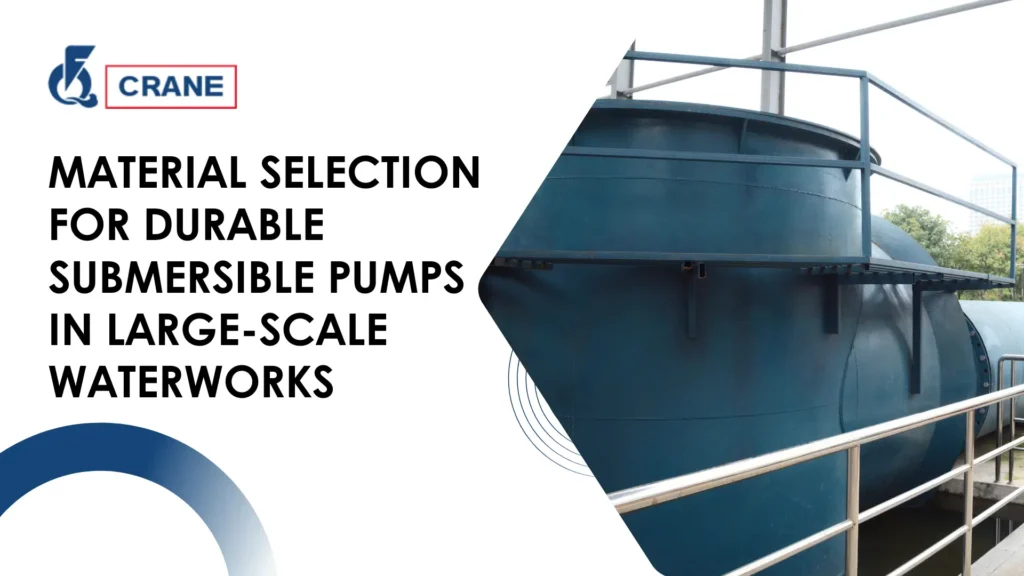Special devices are submersible pumps that have been so prepared as to work in liquid, diving deep in water, and performing essential roles in waterworks of major projects.
Instead of sucking the water up from the wells and tanks, they push it to the surface of the well.
Such pumps also possess a motor that is hermetically sealed in the fluid and immersing it in air, protecting and reducing the chances of its being destroyed.
With waterworks, submersible pumps provide a substantial line of defense in curbing the consistency of water-sharing, particularly for irrigation, drainage, and waste management.
The one thing they can do that cannot be something else is work well when submerged – to help keep reservoirs and aquifers full – in the agricultural and urban environments.
Submersible pumps are used for all types of purposes, including in municipal water supply, sewage treatment, and industrial processes.
They have different configurations for different liquid needs-from clean water to sewage-and therefore can adjust to different waterworks systems.
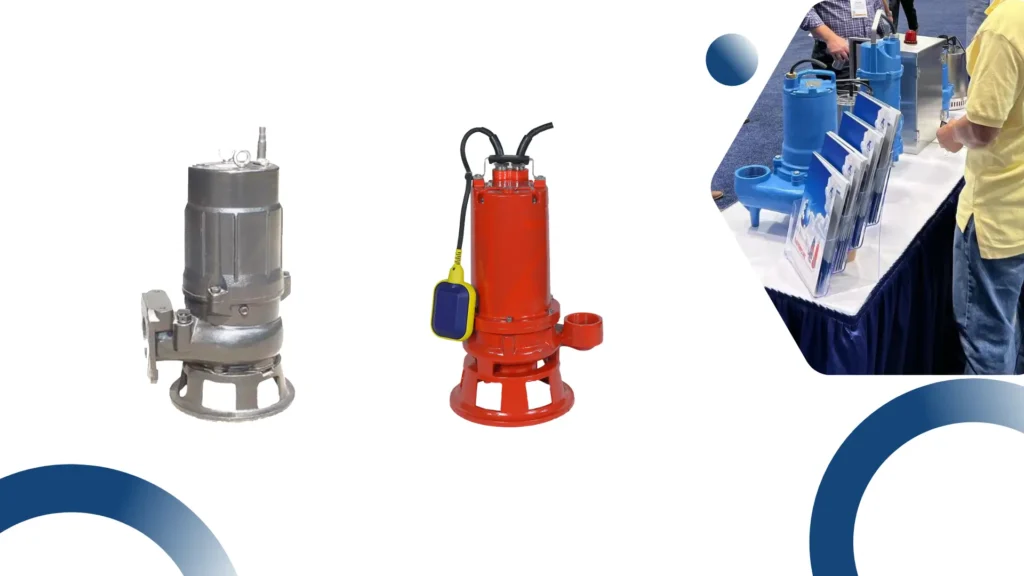
Understanding Material Selection
Role of Materials in Submersible Pumps
The material used in building submersible pumps has a direct effect on their performance, longevity, and maintenance.
It is important that correct types of materials are used so that the pumps will sustain extreme working conditions such as high pressure, corrosiveness, and abrasive particles.
Material used for Different Types of Applications
Submersible water pumps have been constructed fundamentally using stainless, cast iron, and varied plastic composites.
Each of these materials possesses specific quality and properties that are compatible with some certain applications.
Reasons for this can be related to cost, the durability of the material, and resistance against environmental situations.
Correlation with Longevity of the Pump
The material of construction for the submergible pump plays the most vital role in the life of the pump.
Proper materials used will have less wear and tear, because of which maintenance requirements will reduce and then operational life will increase.
However, wrong materials would result in pump failure and huge costs to replace these pumps.
And More:
Best Submersible Pumps for Waterworks: Top Models, Features, and Buying Guide 2024
Common Materials for Submersible Pumps
Stainless Steel
Stainless Steel is a common material for submersible pumps as per its superior strength and corrosion resistance.
Long life is also assured, and it operates for long periods without the need for frequent change-overs.
Cast Iron
Cast Iron is another common material used in large capacity pumps due to its strength and wear resistance.
These pumps are capable of handling high-pressure applications and are cost-efficient in terms of function.
The material is corrosion-resistant, but attention should be paid to the environment where the pump is used as cast iron might rust if not taken care of properly.
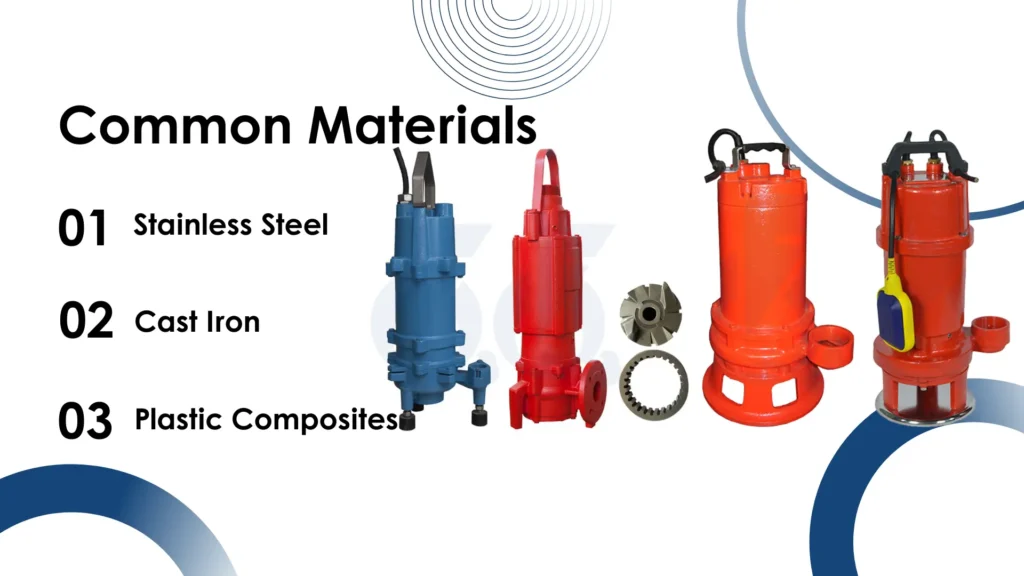
Plastic Composites
Plastic composites offer a corrosion and lightweight alternative to metal materials.
They suit applications where chemical attack is a big concern. Despite the difference in strength between the metals and the composites, advancements in composite technology have found within increased utility in different waterworks applications.
Corrosion Resistance
The Catastrophe of Corrosion in Waterworks
One of the significant issues a waterworks can face is erosion due to its methods for water supply, especially that treating aggressive water.
Salets, various mineral, and chemicals speed the degradation of materials, hence lower the efficiency and hike up maintenance cost of pumps.
Superior Materials for Resisting Corrosion
To deal with corrosion, good materials are something like stainless steel and a few plastic composites.
The materials are premade to resist the effects of corrosive environments, thus keeping up the integrity and good performance of pumps.
Testing of Corrosive Durability
Since each location has different groundwater characteristics, specific sites need selective materials for testing of their ability to resist corrosive environment.
One criterion to consider is how long they withstand corrosion without having any kind of oxidation.
Machine tests employ standard testing methods on selected samples of the material.
Wear Resistance
Factors Influencing Wear
The wear and tear of submersible pumps are because of abrasiveness of fluids they handle.
The wear of a pump depends on fluid composition, flow rate, and the presence of solid particles in the fluids.
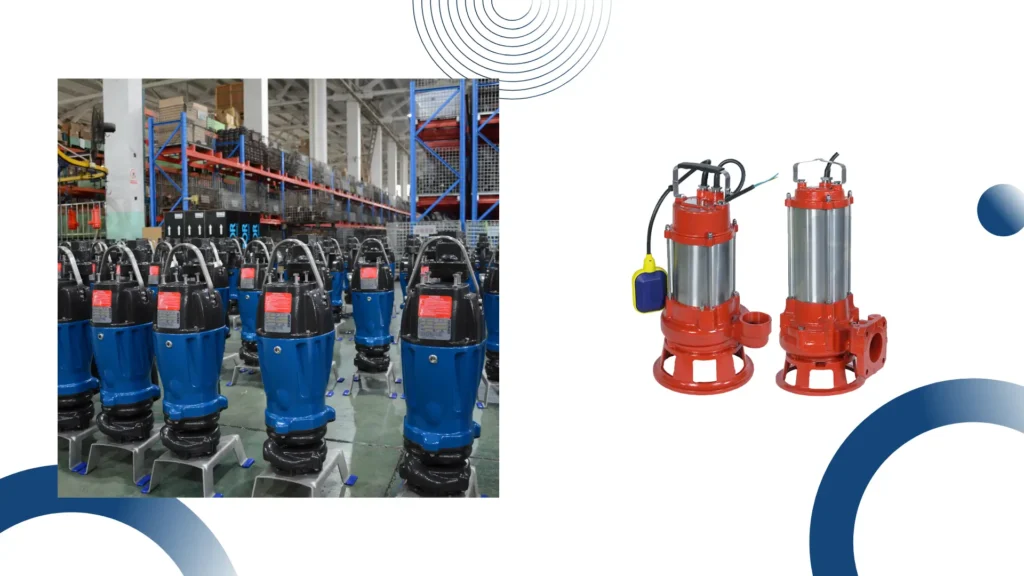
Hardness and Toughness of Materials
Materials are generally with varying degrees of hardness and toughness.
Mechanical & chemical properties of materials can be used to accurately select pumps which will last longer and deliver a much better performance under defined conditions.
Coating and Treatment
Specialized coatings or treatments can be applied by manufacturers to improve wear resistance on pump parts.
Such additions of segments that cover further abrasion will also extend the life of the pump and reduce overall maintenance requirements.
Thermal Stability
The Importance of Temperature Management
It has been proven that temperature fluctuations may have an impact on the performance and life of submersible pumps.
There is a need to always invest in effective temperature management in order not to allow overheating to affect the pump, a factor that fixes the pump into varying heat atmospheres.
High Thermal Stabilities in Materials
Choosing the materials for high temperatures will ultimately decide just how well the pumps operate under different variant heating conditions without altering their structural efficiency.
Temperature Fluctuations at Peak
The understanding related to the effects of temperature swings on the material of the pump will ease the decision of a buyer.
Greater longevity and reliability in extreme elements tempered against their lifespan of a year achieve higher savings at the end.
Also Read:
Cost-Effectiveness of Materials
Initial Costs or Long-term Earnings
It is also true that the customers would need to add a few extra cash to purchase quality materials, however, compensations coming from not spending on the maintenance and repair expenses confine the budget and the most important part is that what customers really realize is that this is cost-effective.
For those buyers, managers generally get too worn out keeping track of all the materials under their supervision.
They usually focus on a complete mat cost only as opposed to factoring in the total cost for maintaining it.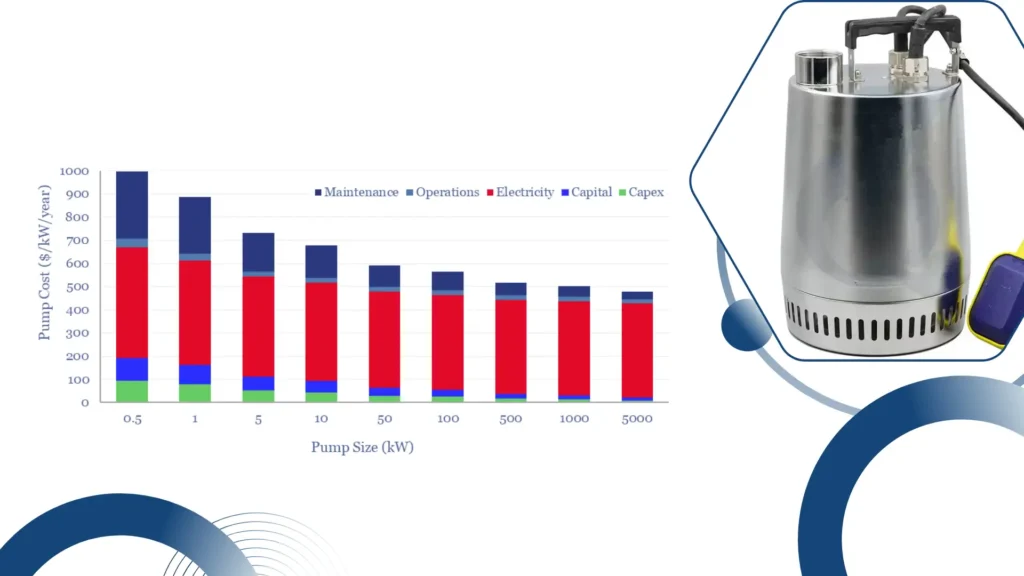
To Balance off Lifecycle Costs
This is what goes into your lifetime management analysis: How to do a review of the costs compared with the use of operating, acquiring and managing a device attached to a pump over the life of that device.
It describes both the methods and all the issues that keep your or any buyer’s budget and usage aligned.
Balancing the Scope and Budget
Balancing quality and cost would indicate that the buyer makes the right decision at the time that maintenance is necessary.
Buyers must learn how to equate the advantages of mechanical durability against the financial constraints, thus defining the way the products actually meet the required performance and how much is allocated to them.
Also Read:
Cost Comparison: Submersible Pumps from China vs Other Countries
Environmental Considerations
Materials that Are Good for the Earth
Materials that have eco-friendliness in their structure are worth developing for the fabrication of submersible pumps, which will be necessary to minimize the ecological footprint of waterworks and yield good performances.
Sustainability within Waterworks
Today, the key factor that comes into play is sustainability in technology for water supply.
Besides good durability, today’s range of materials should therefore also be much more environmentally friendly.
Composites of Regulations
Regarding waterworks the compliance with the environmental regulations is a significant aspect.
This know-how-based regarding the regulatory framework could help the final purchaser to make the right choice and opt for materials that not only work more precisely but meet the legal norms, saving them also from high fines and disruptions in operations.
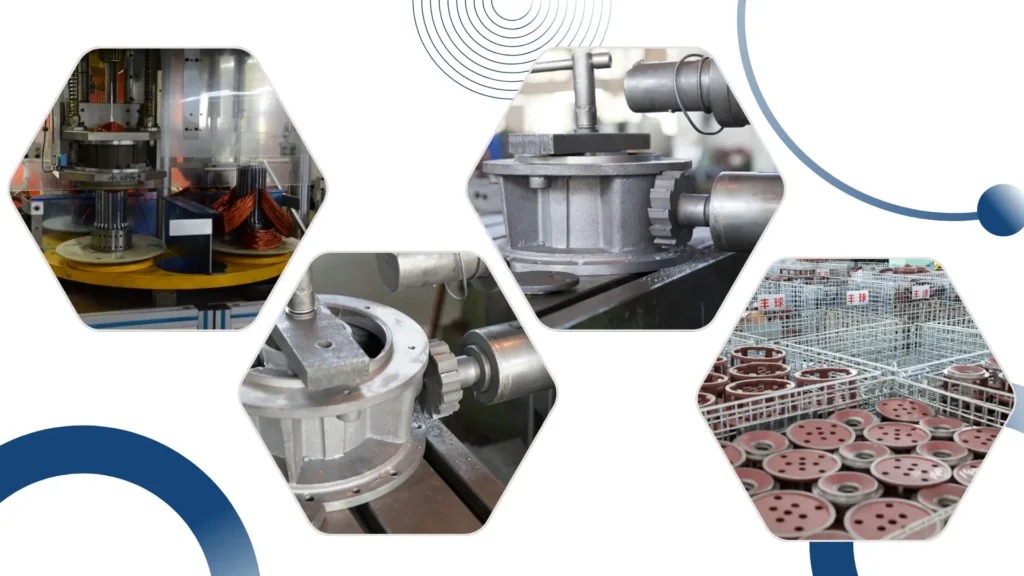
Conclusion
Essentially, the most critical issue in large waterworks is understanding that material selection significantly affects the durability and efficiency of submersible pumps.
Understanding the characteristics of materials and the way these relate to performance helps investors make well-informed choices, too.
All the savings that result from the lesser maintenance expenses, long-term life extension, and high efficiency lead to choosing the right material.
For those looking to buy submersible pumps, the guide is to give a comprehensive check on material selections.
Perspectives between experienced hands may be considered in terms of assignment and description.
A point on request and research to get to the correct area of need and use-from a more successful and sustainable perspective of waterworks.

